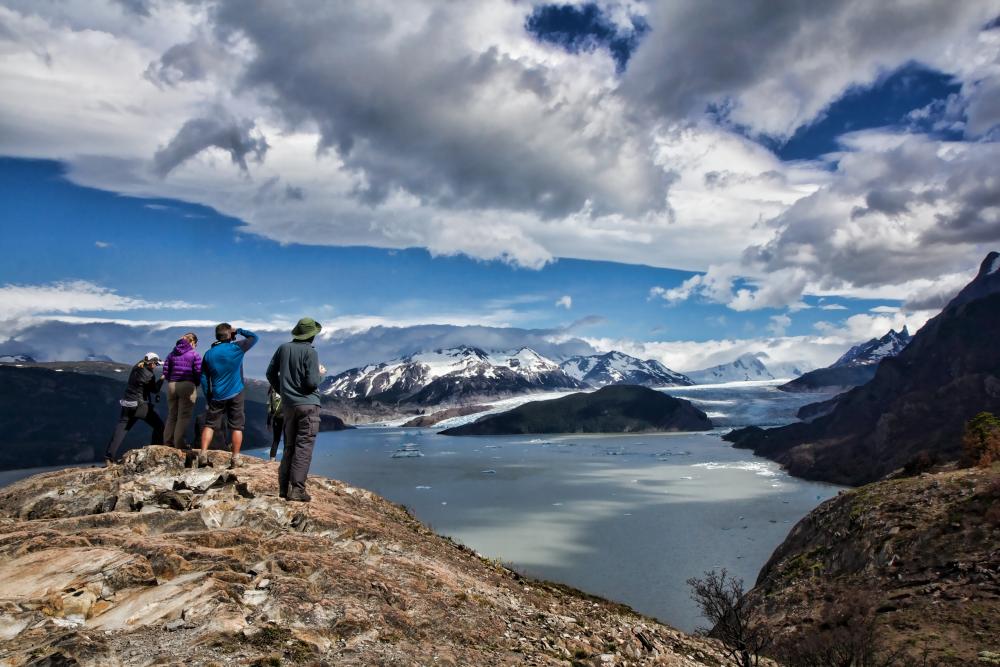Introduction to Hiking Patagonia
Hiking Patagonia is a dream for outdoor lovers who seek breathtaking landscapes, pristine wilderness, and challenging adventures. This remote region at the southern tip of South America is shared by Chile and Argentina, offering a unique blend of mountains, glaciers, forests, and lakes. Whether you’re a seasoned trekker or a beginner eager to explore, Hiking Patagonia provides unforgettable experiences. From famous multi-day trails to short scenic walks, there’s something for every type of traveler. Before you pack your bags, it’s essential to understand what hiking Patagonia involves, including preparation, routes, gear, and safety tips.
Why Hiking Patagonia is Special
Hiking Patagonia is unlike any other trekking experience in the world. The dramatic scenery of Torres del Paine, the jagged peaks of Mount Fitz Roy, and the vast Southern Patagonian Ice Field create a backdrop that feels untouched and wild. When you go hiking Patagonia, you’re not just walking trails—you’re immersing yourself in one of the most remote natural environments on Earth. The sense of scale and isolation makes every step of hiking Patagonia both humbling and exhilarating.
Best Time for Hiking Patagonia
One of the most important things to know before hiking Patagonia is the best season to go. The ideal time is during the austral summer, from November to March, when the weather is relatively mild, and the trails are more accessible. During this period, hiking Patagonia offers longer daylight hours, giving you more time to explore. However, the weather in Patagonia is famously unpredictable, so hikers should always be prepared for sudden changes.
Famous Routes for Hiking Patagonia
Hiking Patagonia includes some of the most iconic treks in the world. The W Trek in Torres del Paine National Park is a favorite among hikers, typically completed in 4–5 days. For those seeking a bigger challenge, the O Circuit provides a longer and more demanding loop around the park. On the Argentine side, Laguna de los Tres near El Chaltén offers stunning views of Mount Fitz Roy, making it a must-do for anyone hiking Patagonia. Other routes, such as the Huemul Circuit or day hikes around Tierra del Fuego, also showcase the diversity of hiking Patagonia.
Preparing for Hiking Patagonia
Preparation is key when hiking Patagonia. Due to the region’s remoteness, facilities are limited, and weather can be extreme. Research your chosen trail carefully, secure permits in advance if required, and plan your itinerary with realistic expectations. Hiking Patagonia often involves long days of walking, so physical preparation and endurance training are highly recommended. Travelers should also be mindful of strict environmental regulations to help preserve the fragile ecosystem.
Essential Gear for Hiking Patagonia
Packing the right gear is crucial for hiking Patagonia. A sturdy pair of waterproof hiking boots, layered clothing to adapt to changing weather, and a reliable backpack are essentials. Since rain and wind are common, a quality rain jacket and windproof gear will make hiking Patagonia more comfortable. Depending on your trek, camping gear or reservations in mountain refugios might be necessary. Lightweight but durable equipment will ensure that your hiking Patagonia adventure is enjoyable and safe.
Challenges of Hiking Patagonia
Hiking Patagonia is rewarding, but it comes with challenges that travelers should not underestimate. Strong winds, sudden storms, and cold temperatures can make conditions tough. Trails may be rugged, with steep ascents and descents, requiring both physical fitness and mental resilience. Another challenge of hiking Patagonia is remoteness—many areas have limited access to supplies, so hikers must be self-sufficient. Recognizing these challenges in advance ensures that hiking Patagonia remains a positive and safe experience.
Wildlife and Nature Encounters While Hiking Patagonia
One of the joys of hiking Patagonia is witnessing its incredible wildlife. Hikers may encounter guanacos, foxes, condors, and even elusive pumas. Birdwatchers find hiking Patagonia especially rewarding, as the region is home to a wide variety of species. Alongside wildlife, the flora of the region—from lenga forests to vibrant wildflowers—adds to the beauty of hiking Patagonia. Respecting nature and keeping a safe distance from animals is vital to preserve the natural balance.
Eco-Friendly Tips for Hiking Patagonia
Sustainability is a core part of hiking Patagonia. The fragile environment requires hikers to practice Leave No Trace principles, including carrying out all waste, staying on marked trails, and avoiding wildlife disturbance. Many trekkers choose eco-lodges like EcoCamp Patagonia, which emphasize sustainable practices while offering comfort. By traveling responsibly, hikers contribute to protecting the pristine beauty of the region, ensuring that hiking Patagonia remains a possibility for future generations.
Conclusion: Making the Most of Hiking Patagonia
Hiking Patagonia is more than just a physical challenge—it’s a journey into one of the most awe-inspiring corners of the planet. With preparation, the right gear, and respect for nature, hiking Patagonia becomes a life-changing adventure filled with breathtaking views, personal growth, and unforgettable memories. Whether you’re tackling multi-day treks or enjoying day hikes, the experience of hiking Patagonia will stay with you forever. If you’re ready to embrace the wild beauty of South America, start planning your hiking Patagonia adventure today.



